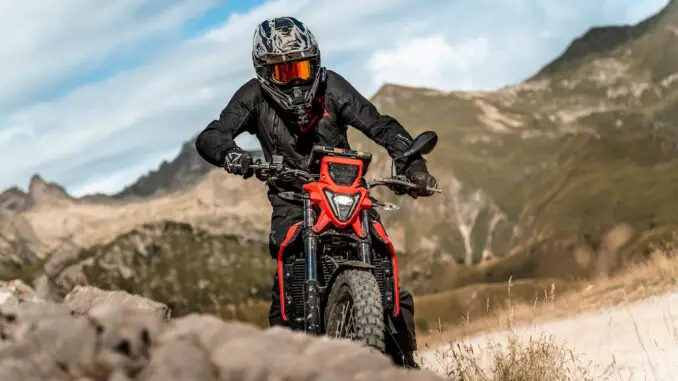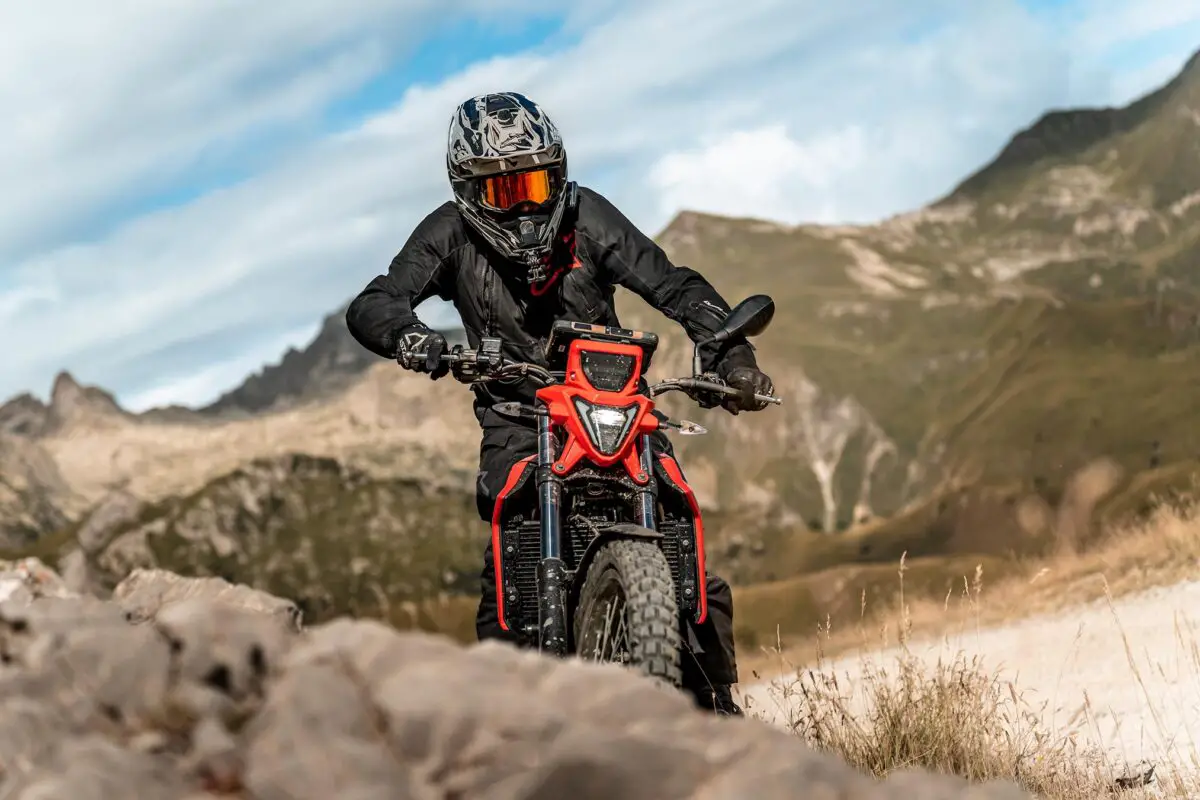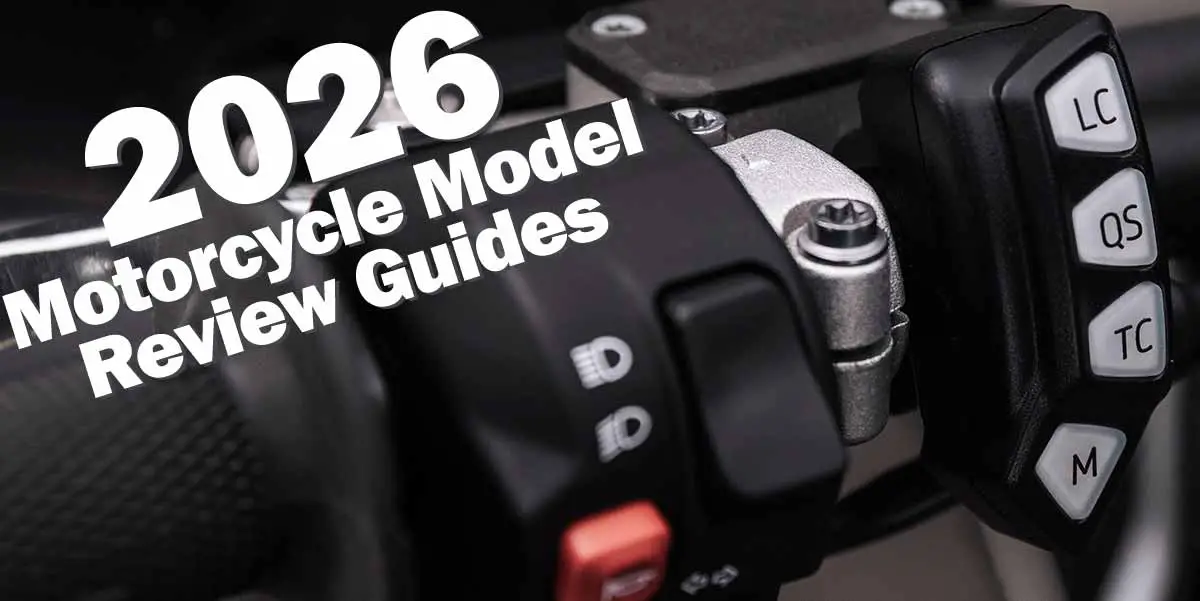
Safety & Roadcraft: Top 10 Beginner Mistakes
(and How to Avoid Them)
Confidence comes from clarity. Learn the common pitfalls, and ride smarter from day one.
The Top 10 Beginner Mistakes (with Avoidance Strategies)
A quick overview of the most common pitfalls new riders face – and how to avoid them. Scroll down for full details, drills, and myth‑busting insights.
- Target Fixation – Mistake: staring at the hazard instead of the escape path.
Avoid it: Train your eyes to look where you want to go. - Over‑Braking the Front or Rear – Mistake: grabbing the front brake or stomping the rear, causing skids.
Avoid it: Practice progressive braking: squeeze, don’t grab. - Poor Clutch/Throttle Coordination – Mistake: stalling at lights or lurching starts.
Avoid it: Practice the friction zone until smooth. - Riding Beyond Skill or Conditions – Mistake: corners too fast, chasing friends, ignoring weather.
Avoid it: Ride your own ride; follow the “80% rule.” - Ignoring Lane Positioning – Mistake: sitting in the oil strip or hugging the curb.
Avoid it: Use lane positions (left, center, right) strategically. - Not Scanning or Anticipating Hazards – Mistake: tunnel vision, missing side traffic or pedestrians.
Avoid it: Use the “12‑4‑2” scan method. - Improper Cornering Technique – Mistake: entering too hot, braking mid‑corner, standing the bike up.
Avoid it: Follow the MSF mantra: Slow, Look, Press, Roll. - Neglecting Gear – Mistake: riding in sneakers, shorts, or without gloves.
Avoid it: ATGATT: All The Gear, All The Time. - Not Doing Pre‑Ride Checks – Mistake: skipping tire pressure, chain, or lights.
Avoid it: Use the T‑CLOCS checklist; takes 2 minutes. - Overconfidence After a Few Weeks – Mistake: thinking “I’ve got this” too soon.
Avoid it: Keep learning, take advanced courses, ride with mentors.
1. Target Fixation
The Mistake: Staring at the hazard instead of the escape path.
Why it Happens: Your survival instinct locks your eyes on danger, but your bike follows your vision.
🚫 Myth-Busting: “If I stare at the pothole, I’ll avoid it.”
Reality: You’ll steer straight into it. Your bike goes where your eyes go.
| Common Hazard | Better Focus Point |
|---|---|
| Pothole | Gap beside it |
| Parked Car | Clear lane space ahead |
| Oncoming Vehicle | Your lane’s escape path |
2. Over‑Braking the Front or Rear
The Mistake: Grabbing the front brake or stomping the rear, causing skids.
Why it Happens: Panic response and lack of feel for progressive braking.
🚫 Myth-Busting: “The rear brake is safer for beginners.”
Reality: The front brake provides 70–80% of stopping power when used correctly.
| Speed | Front Brake % | Rear Brake % |
|---|---|---|
| 20 km/h | 60% | 40% |
| 40 km/h | 70% | 30% |
| 60+ km/h | 80% | 20% |
3. Poor Clutch/Throttle Coordination
The Mistake: Stalling at lights or lurching starts.
Why it Happens: Beginners struggle to find the “friction zone” where clutch and throttle balance.
🚫 Myth-Busting: “More throttle fixes stalls.”
Reality: More throttle without clutch control just causes lurches or wheelies.
| Clutch Position | Bike Response |
|---|---|
| Fully Pulled | No power to wheel |
| Friction Zone | Bike creeps forward |
| Fully Released | Full power transfer |
4. Riding Beyond Skill or Conditions
The Mistake: Taking corners too fast, chasing friends, or ignoring weather and road conditions.
Why it Happens: Peer pressure, adrenaline, or overconfidence after a few weeks of riding.
🚫 Myth-Busting: “Keeping up with faster riders makes me improve.”
Reality: It only pushes you past your limits. Skill grows from practice, not panic.
| Condition | Adjustment |
|---|---|
| Rain | Reduce speed by 30%, increase following distance |
| Night | Slow down, use high‑viz gear, scan further ahead |
| Group Ride | Ride your own pace, signal if dropping back |
5. Ignoring Lane Positioning
The Mistake: Riding in the center oil strip or hugging the curb without strategy.
Why it Happens: Beginners often “pick a spot” and stay there, unaware of tactical lane use.
🚫 Myth-Busting: “The safest place is always the middle of the lane.”
Reality: Lane position should change constantly to maximize visibility and escape routes.
| Lane Position | Best Use |
|---|---|
| Left | Visibility to oncoming traffic, preparing for left turns |
| Center | Avoid only when oil strip is present; useful in clear lanes |
| Right | Visibility to traffic ahead, preparing for right turns |
6. Not Scanning or Anticipating Hazards
The Mistake: Tunnel vision, failing to notice side traffic, pedestrians, or road debris.
Why it Happens: New riders focus too narrowly on what’s directly ahead of the front wheel.
🚫 Myth-Busting: “If I just watch the car in front, I’ll be safe.”
Reality: Hazards often come from the sides or further ahead – scanning is survival.
| Scan Zone | What to Look For |
|---|---|
| 12 Seconds Ahead | Traffic lights, intersections, merging traffic |
| 4 Seconds Ahead | Lane changes, potholes, braking vehicles |
| 2 Seconds Escape | Shoulder space, alternate lane, braking room |
7. Improper Cornering Technique
The Mistake: Entering corners too fast, braking mid‑corner, or standing the bike up unexpectedly.
Why it Happens: New riders misjudge entry speed and don’t trust lean angle or counter‑steering.
🚫 Myth-Busting: “Lean angle is dangerous – stay upright.”
Reality: Motorcycles are designed to lean. Trying to stay upright in a corner causes you to run wide.
✅ Practice Drill: In a safe lot, practice the MSF mantra: Slow, Look, Press, Roll.
- Slow: Brake before the corner.
- Look: Turn your head and eyes through the corner.
- Press: Push the inside handlebar to initiate lean.
- Roll: Roll on throttle smoothly to stabilize.
| Error | Consequence | Correction |
|---|---|---|
| Braking mid‑corner | Bike stands up, runs wide | Brake before corner entry |
| Looking at road edge | Target fixation, drift off line | Look through the corner |
| Chopping throttle | Unstable suspension | Maintain smooth roll‑on |
8. Neglecting Gear
The Mistake: Riding in sneakers, shorts, or without gloves.
Why it Happens: Heat, cost, or the belief that “it won’t happen to me.”
🚫 Myth-Busting: “I’m just going for a short ride, I don’t need gear.”
Reality: Most accidents happen close to home, at low speeds. Even a 30 km/h fall can shred skin without protection.
| Gear Item | Protection | Beginner Tip |
|---|---|---|
| Helmet | Head impact protection | Choose DOT/ECE certified, full‑face preferred |
| Gloves | Hands and wrists | Look for reinforced palms and knuckle armor |
| Jacket | Torso, shoulders, elbows | Mesh for summer, textile/leather for all‑season |
| Boots | Ankles and shins | Over‑ankle, non‑slip sole |
| Pants | Hips and knees | Kevlar jeans or textile with armor |
9. Not Doing Pre‑Ride Checks
The Mistake: Skipping tire pressure, chain tension, or lights before riding.
Why it Happens: Eagerness to ride, lack of habit, or assuming “it was fine yesterday.”
🚫 Myth-Busting: “Modern bikes don’t need daily checks.”
Reality: Even new bikes can suffer flats, loose chains, or burnt bulbs overnight.
✅ Practice Drill: Use the T‑CLOCS checklist before every ride:
- Tires & Wheels
- Controls
- Lights & Electrics
- Oil & Fluids
- Chassis
- Stands
Time yourself – it should take under 2 minutes once it’s habit.
| Check Item | What to Look For | Why It Matters |
|---|---|---|
| Tires | Pressure, tread, cracks | Grip and stability |
| Chain | Tension, lubrication | Power transfer, safety |
| Lights | Headlight, brake, signals | Visibility to others |
| Oil | Level, leaks | Engine health |
| Stands | Secure, retracts fully | Prevents accidents |
10. Overconfidence After a Few Weeks
The Mistake: Thinking “I’ve got this” too soon, leading to risky riding.
Why it Happens: Early success builds false confidence before real skill is developed.
🚫 Myth-Busting: “If I haven’t crashed yet, I must be skilled.”
Reality: Luck is not skill. True skill comes from deliberate practice and training.
| Stage | Common Feeling | Better Approach |
|---|---|---|
| First Month | “I survived traffic!” | Focus on basics, short rides |
| 3 Months | “I’m ready for anything.” | Take advanced training |
| 6+ Months | “I know my limits.” | Expand skills gradually, ride varied conditions |






